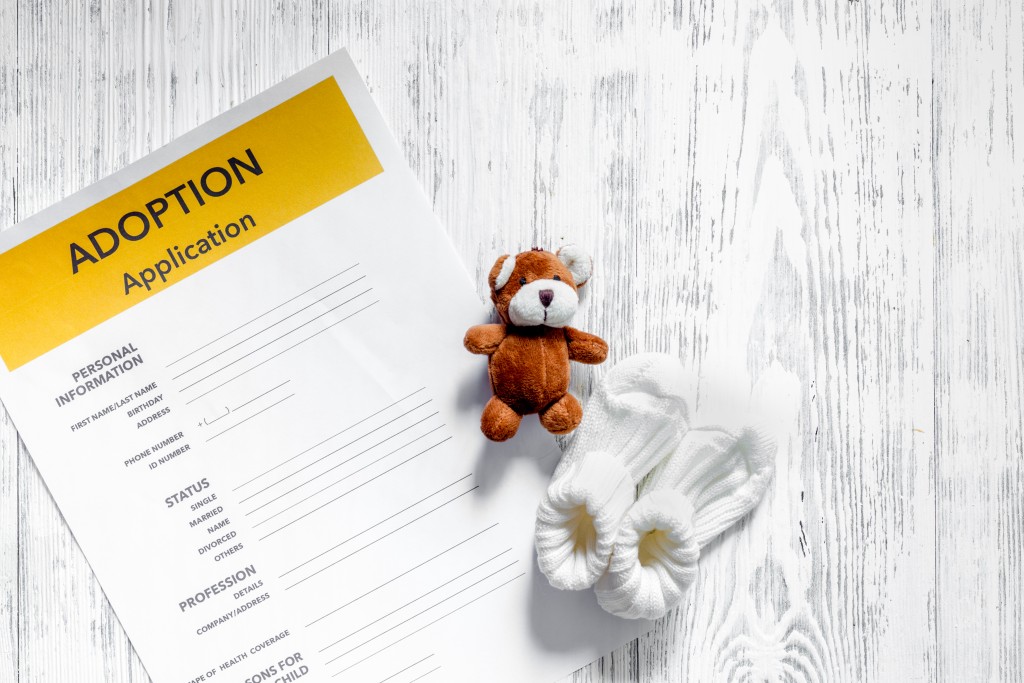You’re very thankful to your company, a lab autoclave manufacturer, but sometimes it’s hard not to feel a little bit depressed when you report for work. Its sister company is a fertility clinic that helped in the failed in vitro fertilization (IVF) for you and your wife. You’re not blaming them. Being around all the medical equipment gets you down and reminds you of all the effort you and your wife went through.
You’ve been trying to conceive for three years now, and the IVF treatment was the latest failed attempt to have children. In the early years, adoption was discussed but got placed in the backburner because you both wanted to give the natural ways or at least semi-natural ways of conceiving a child a chance. Now, that discussion is back on the table. You’re both back in the process of thinking about what it would be like to adopt. How do you go about it? What do other couples do to prepare for adoption?
An Overview of Adoption in America
Close to 276,000 children were adopted from 1999 to 2018. Intercountry adoptions accounted for more than 4,000 of these adoptions, which is a decline of some 655 from the previous year. China accounts for the majority of the decrease in numbers.
More females were adopted at 61%, and male children were at 39%. Nearly 100,000 children were under one year old when they were adopted.
Getting Ready for the Process

The U.S. Department of State’s Office of Children’s Issues reported that in 2018, adoption service providers (ASP) charged as low as more than $3,000 (Togo) to as much as more than $32,000 (Canada). This is probably one of the aspects you should be thinking about. Here are a few more things to note as you go through the process of adoption:
- Be informed. Don’t go in cold into this entire process. Read as much as you can about data, success stories, and all the legal procedures necessary for you to form a family with adopted children. Connect with families and homes with adopted children and find out what their experiences are. You can do this through adoptive parent support groups.
- Foster care adoption. While the numbers mentioned in the preceding discussion are indeed staggering, experts also advise couples that adoption does not need to be that expensive. Adopting from foster care, for example, would cost far less than through an ASP.
- You’ll need help. When the baby or the child joins your home, it becomes a different ballgame. Your schedules will change. You will be too focused on the new member of the family. Other tasks that need to be done will casually slide to not being done. Establish a support system with family and friends. If they offer help, accept it. Time spent going to the grocery store is still time. It would be a great help if someone else can pitch in.
- Patience is key. You need to prepare yourself mentally and emotionally about how long the adoption process might take. You need to be patient and battle through all the hurdles. Expect delays because of some legal processes or a change of heart by the biological parent.
Experts say that you shouldn’t consider yourself as a “savior” to a child. They say that you shouldn’t risk making the child feel that they “owe” you something for adopting them. You need to be committed to the option as the basis for forming your family and not because you want to save someone.
